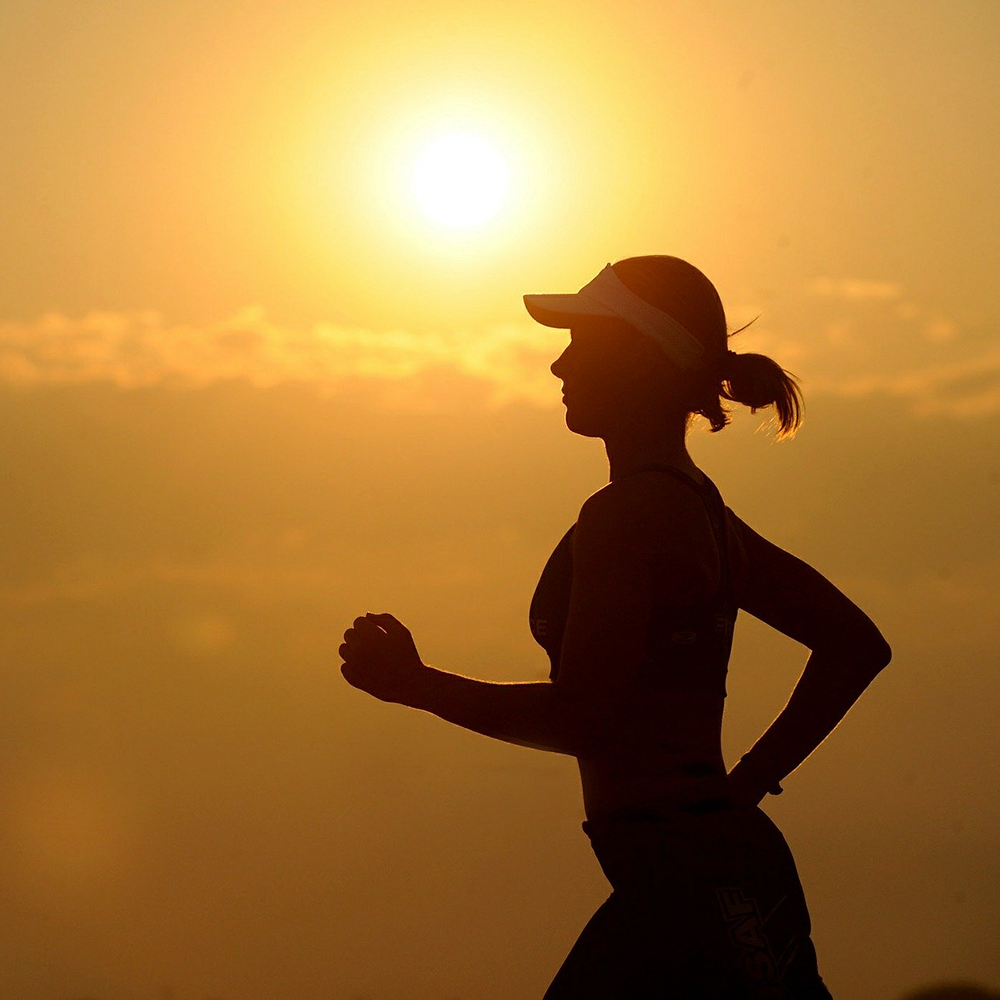How to Choose Your Ideal Running Shoe
by Jim O'Leary on May 13, 2020 Knowing how to pick a running shoe is a bit more involved than just choosing your favorite pair of sneakers. This is because even if your favorite kicks LOOK like running shoes, they're designed for fundamentally different tasks. That’s because running shoes have to support and protect your feet while running; not only from whatever terrain and conditions you run on or in but also the impact force of as much as two times your bodyweight in every step.
Knowing how to pick a running shoe is a bit more involved than just choosing your favorite pair of sneakers. This is because even if your favorite kicks LOOK like running shoes, they're designed for fundamentally different tasks. That’s because running shoes have to support and protect your feet while running; not only from whatever terrain and conditions you run on or in but also the impact force of as much as two times your bodyweight in every step.
But how do you pick running shoes? With so many brands, styles, and options out there it’s easy to get overwhelmed. Luckily here at Peter Glenn, we’ve got the knowledge and experience necessary to help walk, well run, you through this.
Control is Essential
The difference between a good run and a bad one is control. Controlling your pace, controlling your breathing, but most importantly controlling your feet.
See every step you take when you run puts a lot of pressure on your feet. And a good pair of running shoes work with your body to spread out that pressure, making you more comfortable and reducing the risk of energy. And one important way it does that is by controlling the natural pronation of your foot.
What’s pronation? Next time you’re running with someone, watch the way their ankles roll inward slightly when they shift their weight onto their foot. Some amount of pronation is healthy, as it’s part of your body’s natural suspension allowing you to run effectively and comfortably. But too much pronation puts excess stress on your joints, so some shoes are designed to help control that pronation.
To make shopping easier, we categorize all of our running shoes by the amount of control they provide. “Neutral” shoes are for runners with no to low pronation, meaning their body’s mechanics are already aligned so they don’t need additional control. “Support” shoes work a bit harder for you, helping keep your natural pronation within the desirable range. And lastly, “Control” shoes offer the most support, ideal for runners with severe overpronation.

Finding the Perfect Balance in Cushion
How much cushioning do you want your running shoe to have? This sounds like a simple question, but the answer might not be as obvious as you think.
Cushion, of course, gives your foot comfort as you run. But it also adds weight to your shoe. While this isn’t the worst thing in the world, over the many miles you’ll run in the lifetime of your shoe it will add up. The other downside to cushion is the longevity of your shoes. Pillowy high-cushion shoes feel great, but can “pack out” and wear down more quickly than stiffer more supportive shoes.
Luckily, the choice isn’t between all cushion or no cushion. Of course, there are extremes at either end of the spectrum; with brands like HOKA One One specializing in surprisingly light high-cushion shoes, and at the other end Merrrel offering low-profile minimalist options. But in between, there’s a whole range of options from lightly-cushioned brands like ON, to more protective shoes from traditional running brands like Brooks.
So, don’t think of it as a choice between cushion or no cushion. Think about your needs, and think about what is important to you, and choose somewhere in between. And know it’s not a matter of right or wrong, it’s just about finding what works best for you and your body.
Heel to Toe Drop
Drop can be a confusing concept, but understanding it is key to understanding how it will feel to run in a given shoe. It’s the difference in height (off the ground) from your heel to your toe. It’s called “drop” because as you move your body forward through your stride your weight will transition from the high point at your heel as you first weight your foot, to the low point at your toe as you push-off.
For a long time, all running shoes had a healthy amount of drop, as much as 15mm, because it helps propel your body forward through your stride. It produces a noticeable “push” to your stride, and many people find it helps control their pronation because of the built-in arch support this style of shoe provides.

But “barefoot” shoes, offering no drop, have become more popular. And that’s because they more accurately recreate the experience of running barefoot, just with the protection and support of a shoe. Fans of this style of shoe find that it engages more of their legs, and even core, than a standard high-drop shoe.
Beginner runners should usually start with a more “standard” drop, something in the 8mm to 14mm range. Not only will this give you a chance to figure out whether you want more or less drop, but you’ll also strengthen your muscles to be able to safely use barefoot shoes if that’s a thing you eventually want.
Choosing Your Next Shoe
These are the most important things to consider when shopping for running shoes, but that doesn’t mean they’re the only thing. Design features like construction, upper, and style all play a part, as do extra features like waterproofing or outsole tread. So, use this as a starting point, see if it helps you narrow down your selections. And if you still need help, know that we’re always here to help.

 Accessibility
Accessibility































